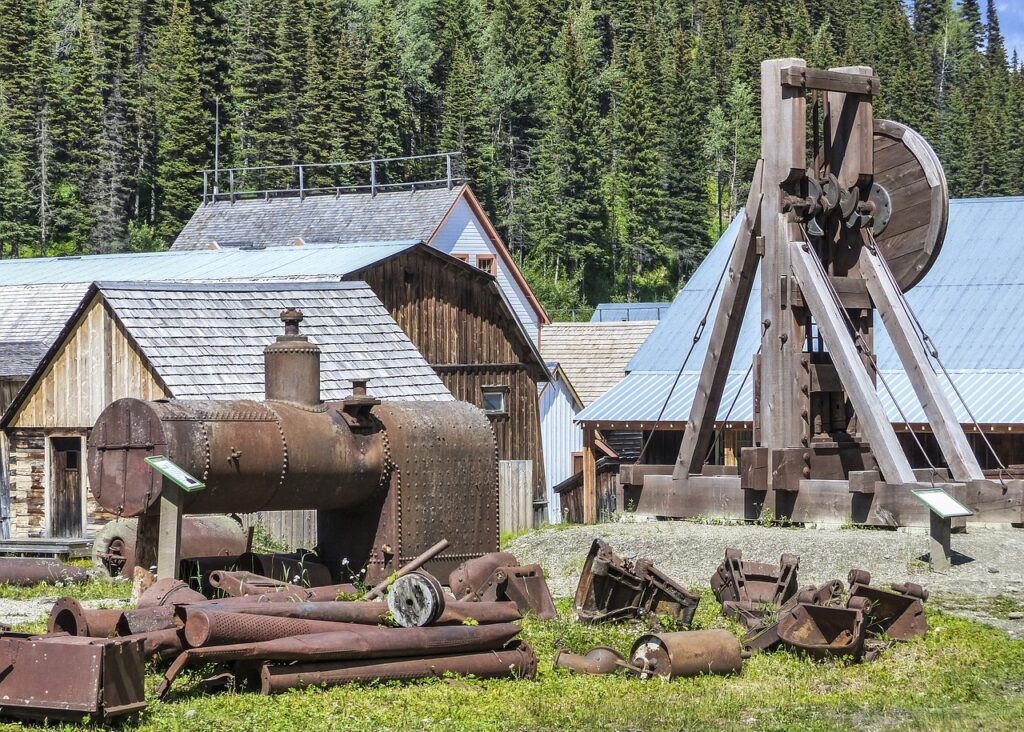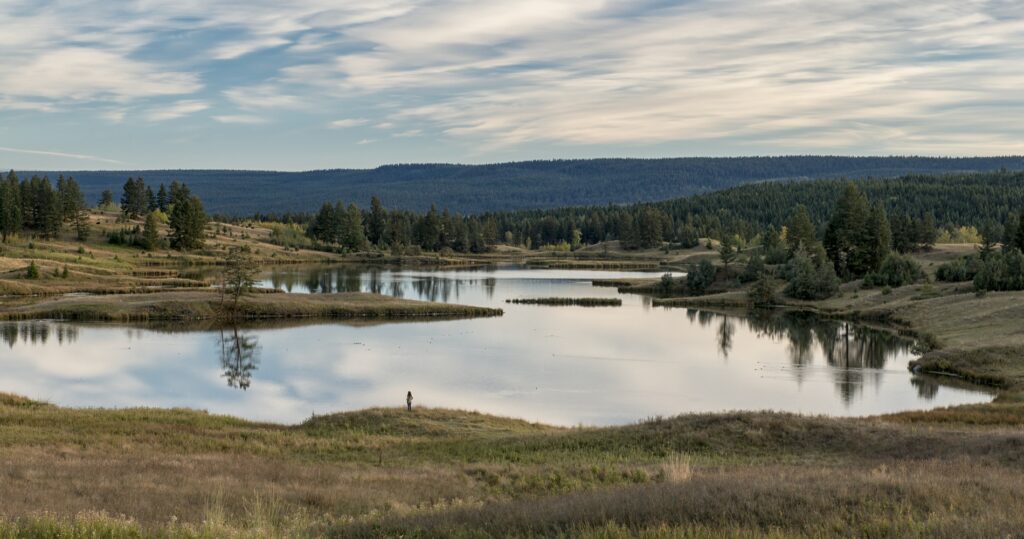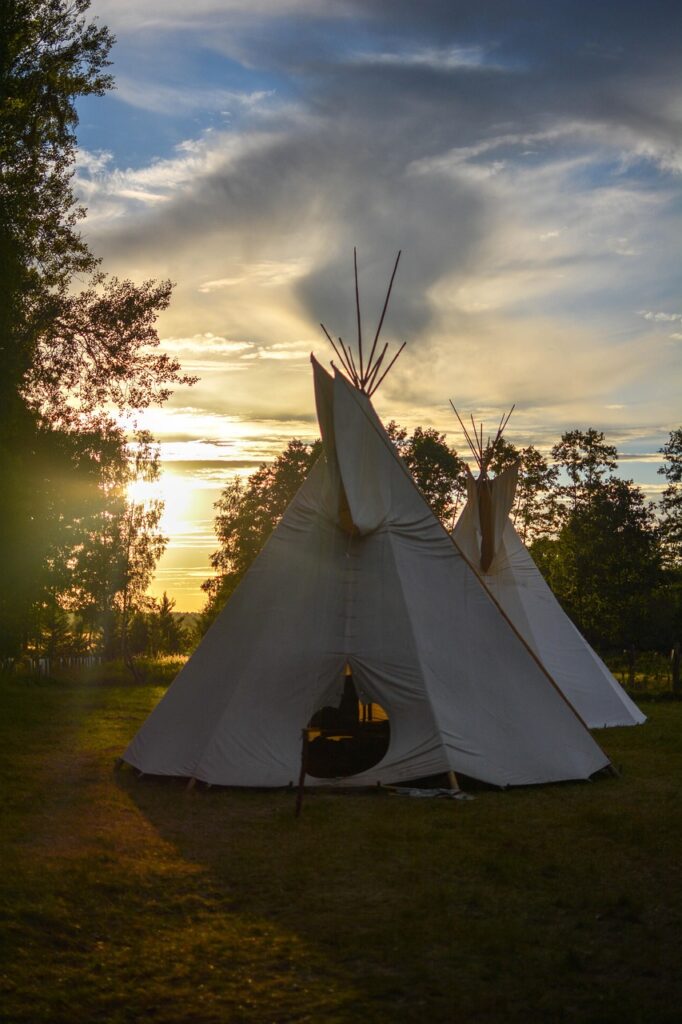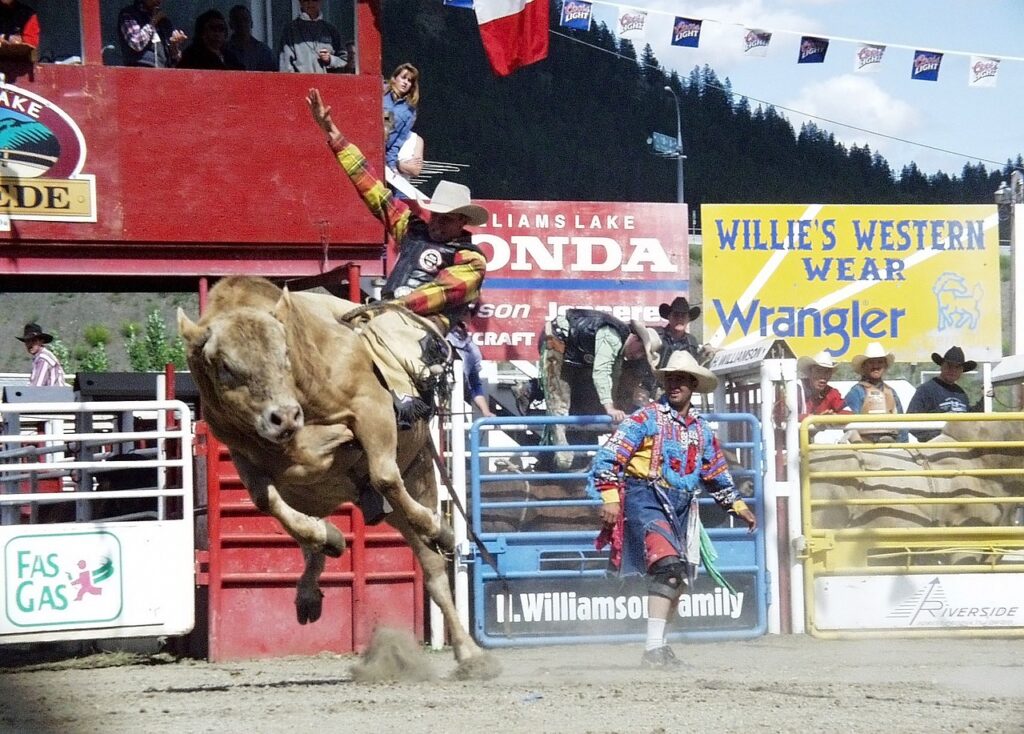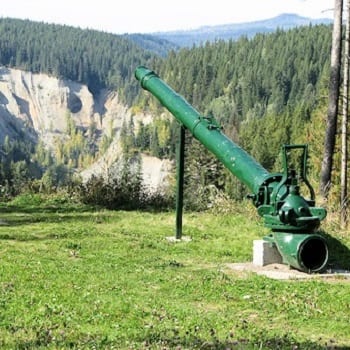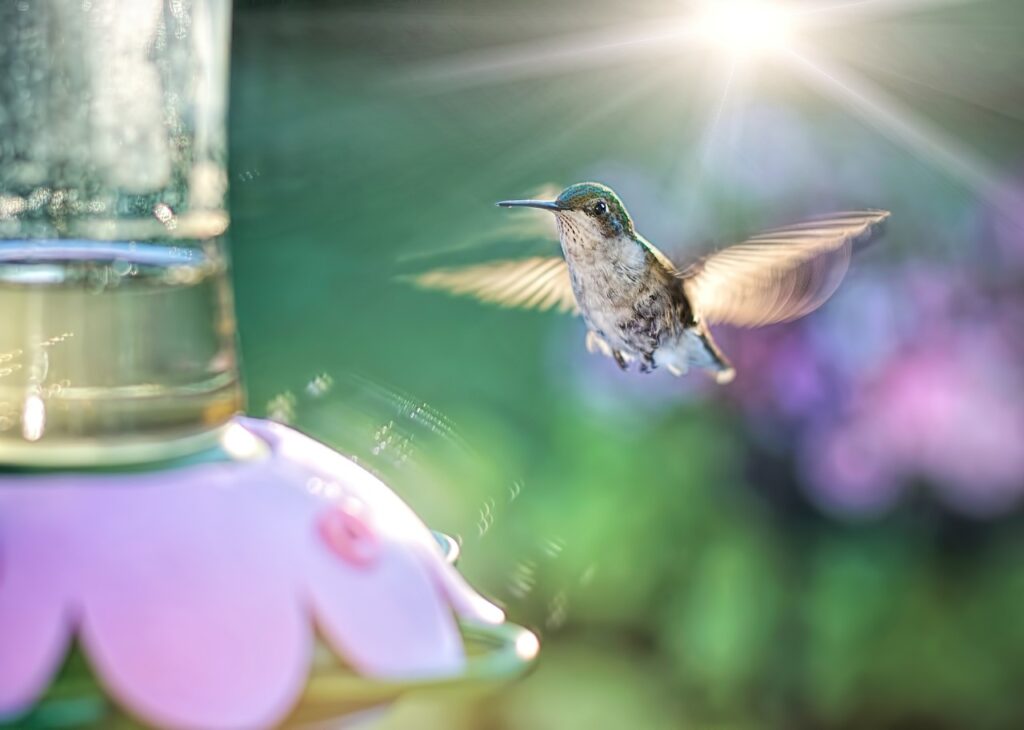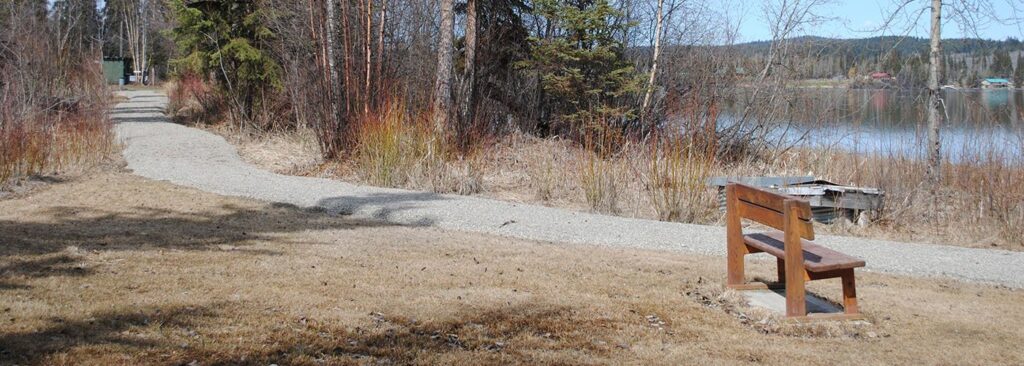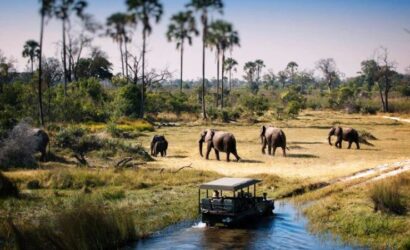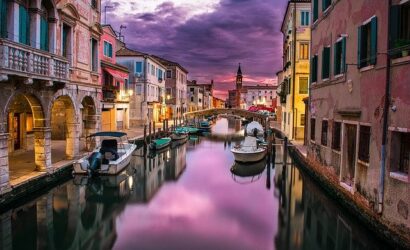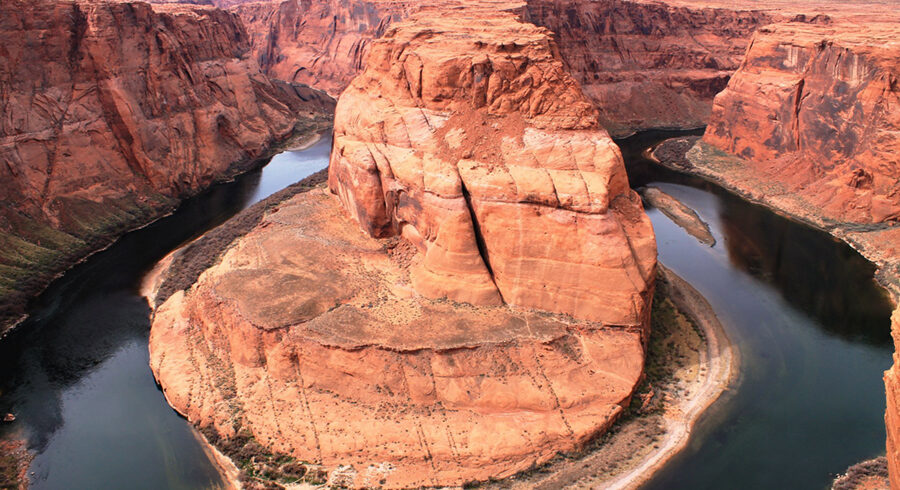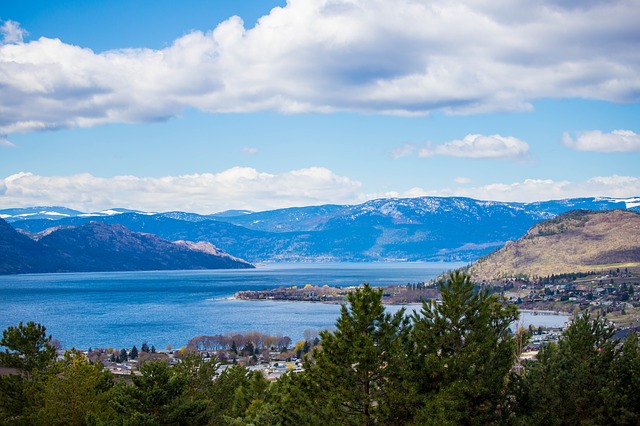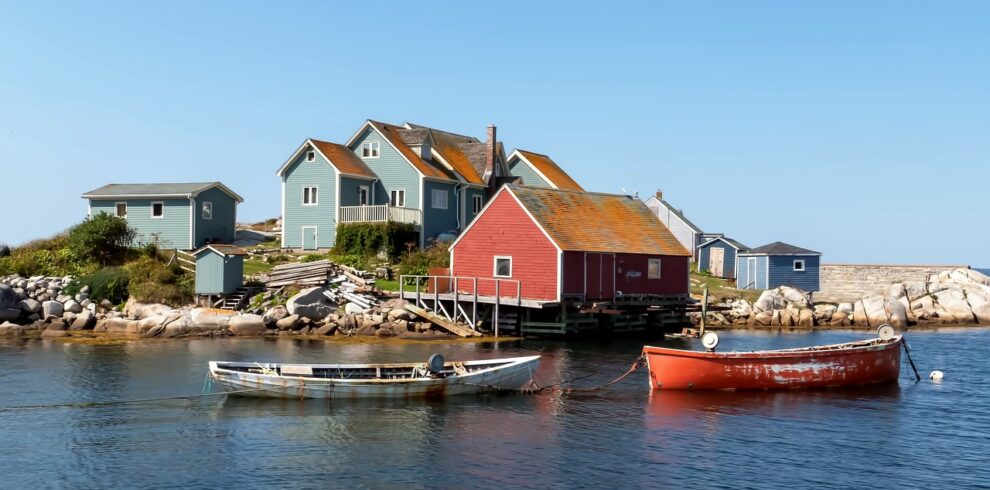Please find below a detailed itinerary for your trip to Northern British Columbia. This vacation can be customized to suit your unique situation.
Tales from the Gold Rush period, along with the pathways that guided entrepreneurs, miners, and those who capitalized on the miners’ pursuits, have consistently enticed explorers to British Columbia. The phenomenon of “gold fever” gave rise to communities that sprang up seemingly overnight along the Cariboo Gold Rush Trail. Although many of these towns vanished as swiftly as they appeared, a few have endured, continuing to draw visitors today.
For those seeking vacation possibilities, the region offers a rich tapestry of experiences. Beyond the historical allure of the Gold Rush sites, visitors can explore breathtaking natural landscapes, engage in outdoor activities such as hiking and wildlife spotting, or savor the tranquility of lakeside retreats. The diverse offerings cater to a wide range of interests, making British Columbia an ideal destination for both history enthusiasts and nature lovers alike. Additionally, individuals with mobility requirements will be delighted to discover an extensive network of trails in the area that are easily accessible, ensuring an inclusive and enjoyable experience for all.
Overview
Embark on a captivating journey through the cultural and natural wonders of British Columbia. Begin in Williams Lake, situated on the traditional territory of the Secwepemc (Shuswap) nation, known as Columneetza, meaning the meeting place. With a history spanning over 6500 years, the area offers picturesque lakes, rivers, and a rich cultural heritage. Explore The Museum of the Cariboo Chicoltin at the Tourism Discovery Centre, a unique showcase of the region’s history with a focus on ranching, rodeos, and cowboys.
Spend a tranquil morning at Scout Island on Day 2, a haven for bird watchers with accessible trails and a nature house. Visit the accessibility-focused town of Horsefly for lunch, where all businesses and amenities are wheelchair accessible.
Day 3 unfolds the history of the Cariboo Gold Rush, exploring Quesnelle Forks, Cedar City, Keithley Creek, and Likely. Big Lake Ranch and Gavin Lake Forest Education Centre provide low-mobility trails amidst historical remnants and lush surroundings.
On Day 4, visit Cedar Point Provincial Park and the Cedar City Museum, highlighting the gold rush boom towns and offering low-mobility trails. Explore Quesnelle Forks, a historic hub with a rich past.
Shift to Quesnel on Day 5, with a scenic drive via Soda Creek. Discover the Xat’sull Heritage Village, showcasing the history of the Secwepemc Nation and their traditional way of life.
Day 6 leads north to Barkerville Historic Town, established in 1862. Immerse yourself in the vibrant history through heritage buildings, live performances, and authentic experiences. Though mostly wheelchair accessible, some areas may involve stairs.
Conclude the journey on Day 7, heading back to Williams Lake and Highway 97. Experience a week filled with cultural immersion, historical exploration, and the breathtaking beauty of British Columbia.
Trip Highlights
- Explore the rich history of Williams Lake
- 6500 years of cultural heritage
- The Museum of the Cariboo Chicoltin
- Bird watching at Scout Island
- Accessibility-focused town of Horsefly
- Discover the history of the Cariboo Gold Rush at Quesnelle Forks
- Explore the Xat’sull Heritage Village showcasing the Secwepemc Nation's history and traditional way of life.
- Barkerville Historic Town
- Breathtaking beauty of British Columbia

